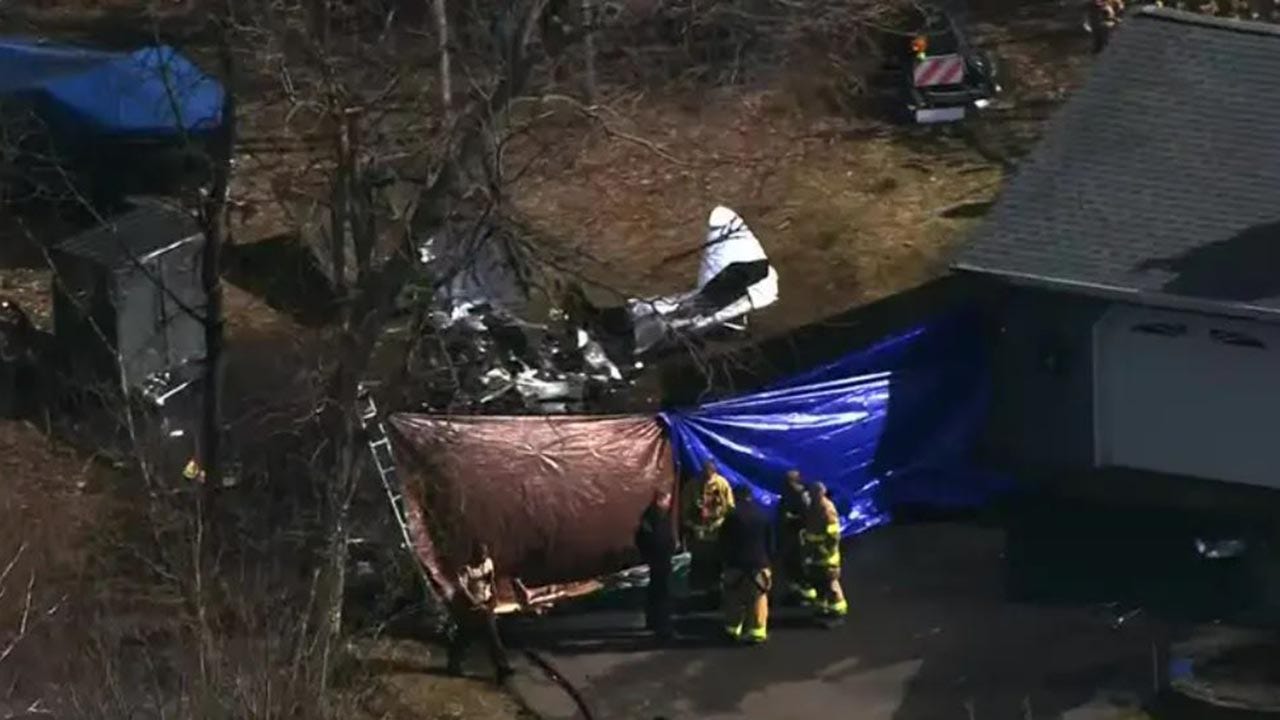Executioners in Idaho abandoned their attempt to use lethal injection on one of the nation’s longest-serving death row inmates on Wednesday after repeated tries to tap into a vein were unsuccessful.
Public defenders representing the inmate, Thomas Eugene Creech, and witnesses said that officials had tried to stick needles in each of Mr. Creech’s limbs before halting the effort. Mr. Creech’s death warrant was to expire at the end of the day, and he was returned to his cell.
It was Idaho’s first attempted execution in more than a decade.
The failure was the latest in a series of botched executions around the country, often stemming from executioners having trouble finding veins. Amid legal pressures, some states have been exploring alternatives, including nitrogen gas, and Idaho is among states that recently approved the use of firing squads to carry out capital punishments.
After the botched execution, Mr. Creech’s lawyers filed a motion in federal court to halt further attempts to execute him and denounced the failures of the Idaho Department of Correction.
“We are angered but not surprised that the State of Idaho botched the execution of Thomas Creech today,” the lawyers said in a statement.
Mr. Creech, 73, was convicted of five murders and suspected of others. He has been in prison for 50 years and was sentenced to death in 1983 for the murder of David Jensen, a fellow inmate whom Mr. Creech attacked with a sock filled with batteries.
Mr. Creech’s lawyers had unsuccessfully tried to prevent his execution, arguing in part that it was unconstitutional to kill Mr. Creech because he had been sentenced by a judge, not a jury. Hours before his execution was to take place, the U.S. Supreme Court denied his remaining appeals.
The state began Mr. Creech’s execution at 10 a.m. Witnesses said that medical workers used vein finders, hot compresses and blood-pressure cuffs to get access to veins, first trying to establish an IV in his arms and then moving to his legs. At one point, a member of the medical team left the room to bring in more supplies.
Josh Tewalt, the director of the Idaho Department of Correction, said the medical team had conducted an assessment and believed that it could establish access to a vein. But the team later concluded that there were “vein quality” issues, he said.
Mr. Tewalt praised the team for its efforts. “Our first objective is to carry this out with dignity, professionalism and respect,” he said.
Media witnesses said that nearly an hour into the execution effort, Mr. Creech reported that his legs “hurt a little bit,” which the state attributed to a cramp. Soon after, Mr. Tewalt consulted with the medical team and determined that an IV line could not be established, officials said. The state said it was considering its next steps.
The failure came about a month after officials in Alabama, which had a string of botched lethal injections in 2022, executed a prisoner with nitrogen gas, the first time the method had been used in capital punishment in the United States. Alabama’s attorney general, Steve Marshall, said the execution was “humane and effective.” But witnesses said the prisoner, Kenneth Smith, shook and writhed for several minutes as the gas was administered.
A growing number of states have banned the death penalty, while others have encountered troubles in maintaining their execution schedules because they have been unable to procure lethal drugs. Idaho was one of those states, although it was able to acquire the drugs after the Legislature passed a law in 2022 shielding the identity of those who supply them.
Mr. Tewalt said he could not speak to what the state would do next. While the firing squad was an option under Idaho law, he said the state did not yet have the capabilities to carry that out. “We’ll continue to work on those efforts,” he said. He added that it would take a change in state law to make nitrogen gas an option.
“In terms of establishing when to seek another death warrant, or if to seek another death warrant, those are discussions that have to happen in the days ahead,” Mr. Tewalt said.






